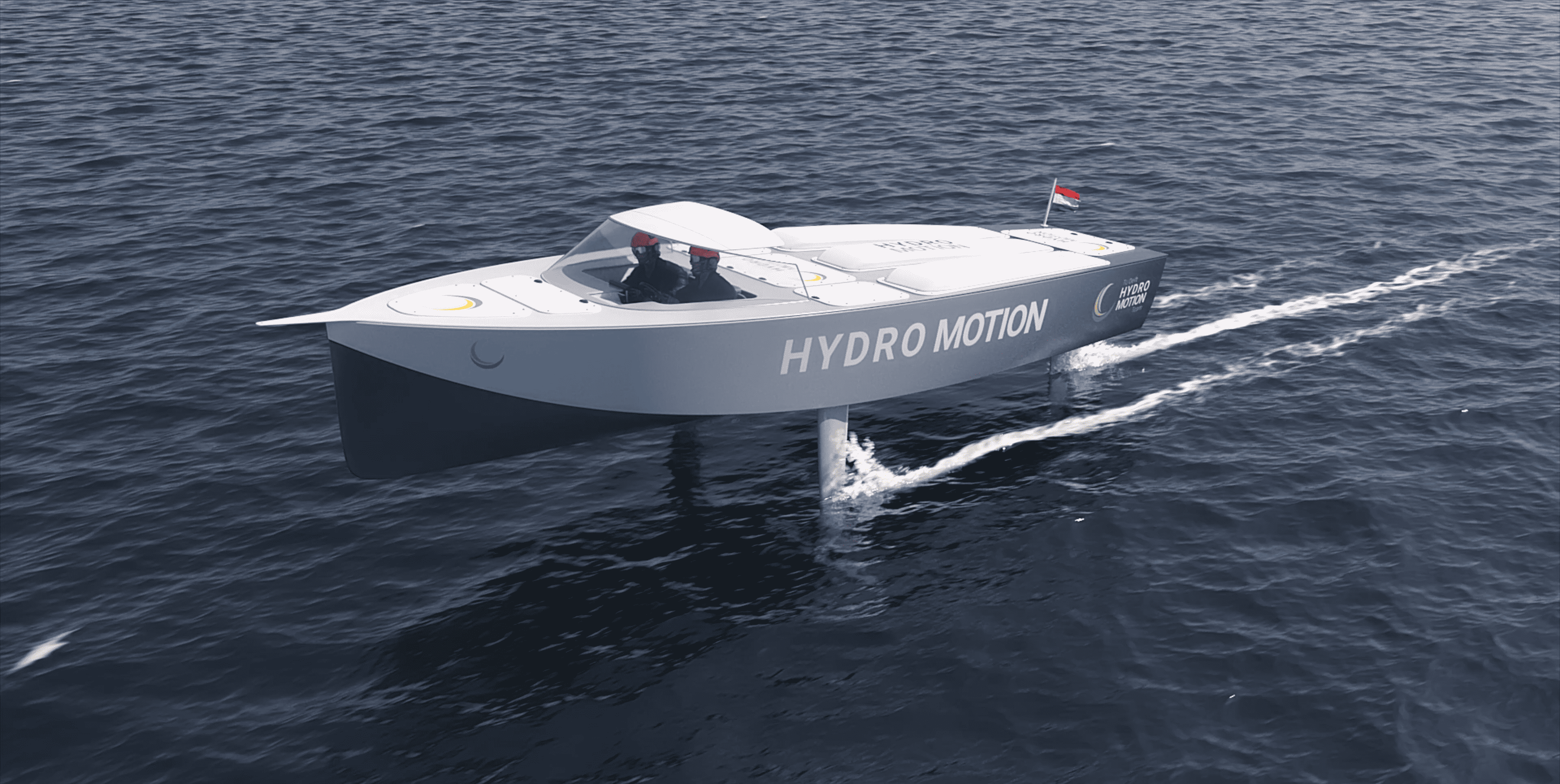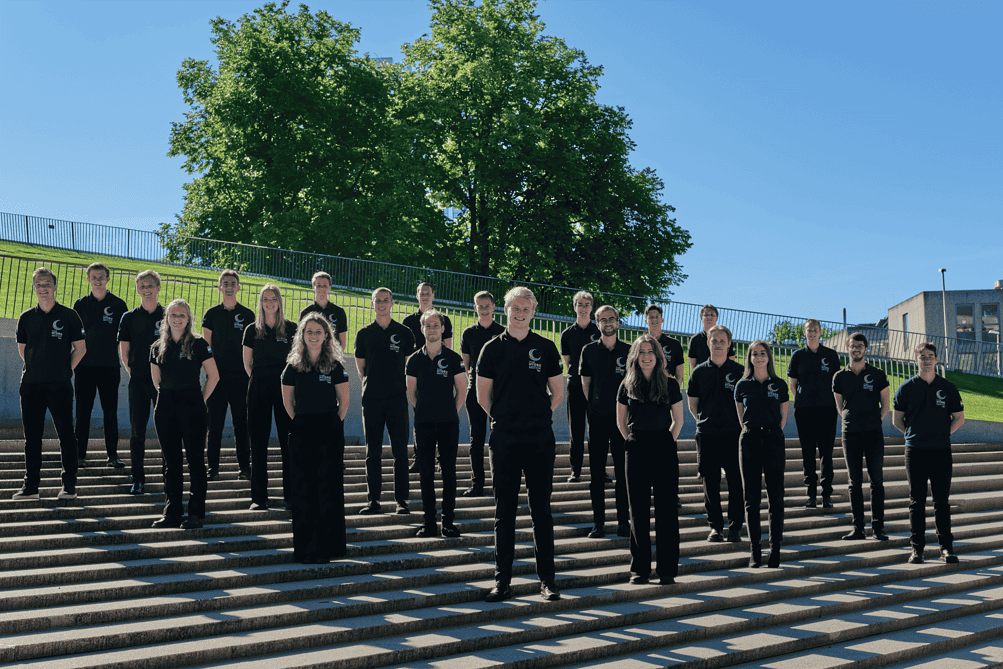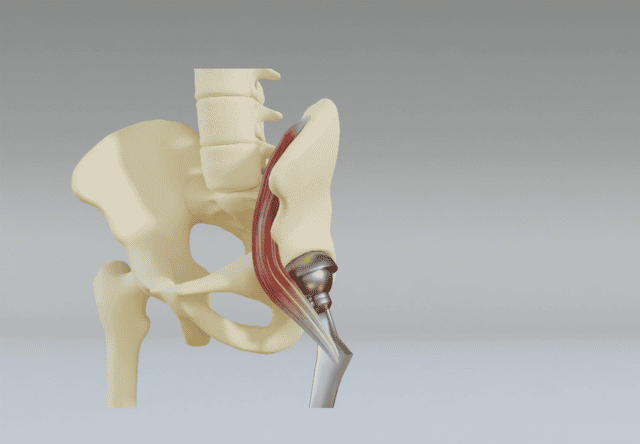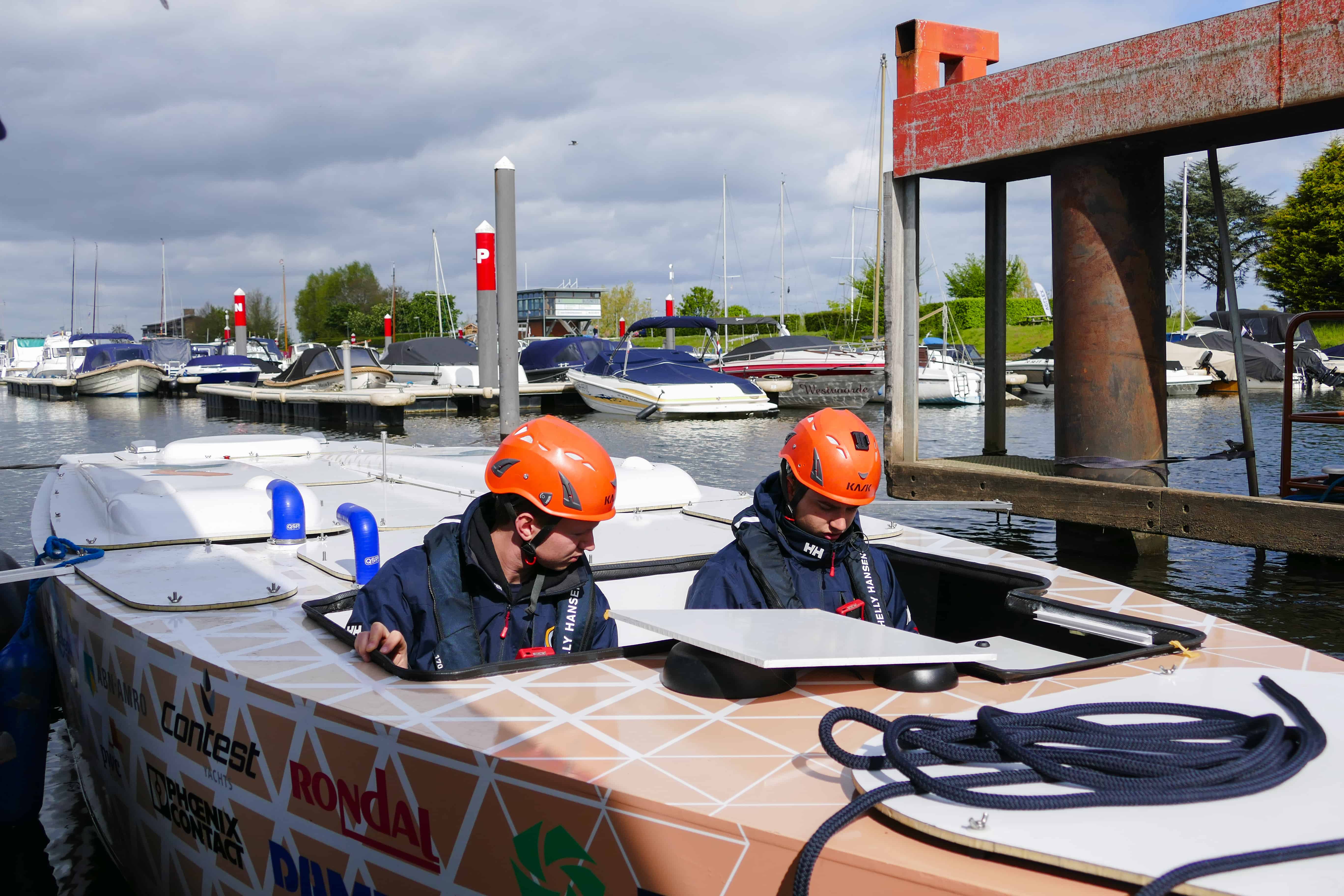
Crossing the North Sea, from the Netherlands to England, on a hydrogen boat. That’s the mission of the TU Delft Hydro Motion Team members, alongside their desire to show the world that a more sustainable way of navigating is already possible. Yesterday, the team introduced the official design of this year’s vessel during a presentation event at the congress center of the Delft University of Technology.
- TU Delft Hydro Motion team unveiled the design of this year’s boat;
- The student team is working on a hydrogen-foiling vessel to cross the North Sea;
- Students have a chance to partner up with many established companies, building relationships and getting a feel of the real working world.
The TU Delft Hydro Motion Team is one of the Delft University of Technology student teams. With 23 members on board, the group is working for one year on designing and producing a hydrogen foiling boat.
In 2023, the previous cohort of students triumphed in the Monaco Open Sea Class, part of the Monaco Energy Boat Challenge, becoming world champions with their hydrogen foiling boat. Therefore, this year’s team members raised the bar higher, aiming to complete a more complex navigation route. “We’re taking a step forward, trying to show that hydrogen is a possibility for the future,” underlines Jeroen von Berg, exposure coordinator of the student team.
Resistant for the crossing
Hydro Motion boat will have room for two passengers. The vessel will be equipped with three hydrogen tanks, storing eight kilograms of fuel each. From there, hydrogen is converted into electricity by a stack of fuel cells, which propel the electric motor forward. The team estimates the crossing to take up to thirteen hours, swapping drivers every two hours.
Given the more challenging mission, this year’s boat is meant to be stronger, more resistant, and thus able to sail for a longer distance. In making this boat a reality, the team has a solid network of partners to support its endeavor. “We teach ourselves a lot, and as students, we are capable of many things, but to produce an entire boat, we need help,” adds the exposure coordinator.

Ties with the industry
Hydro Motion can draw from a diverse pool of contacts in developing its project, from part manufacturers to maritime companies and institutions. This collaboration is beneficial in many ways. Students can get a first feeling of what working with and as professionals feel like. In turn, companies have direct access to talent for their organizations. But there’s more, especially concerning research and testing with new technology such as hydrogen.
“In a way, we are a kind of test bunnies. For established companies, it is financially hard to allocate all of their budgets to innovation, but through our experience, they can see and learn what working with a new technology means,” underscores Von Berg. Moreover, being part of the network is of great relevance for a company to keep in contact with the industry.

Touching waters
Hydro Motion has been active for 18 years – it was previously known as the TU Delft Solar Boat Team – with tens of students who, year by year, challenged themselves to design a new vessel. Throughout this time, the team initially developed solar boats, both for inland and open sea waters. In 2020, the team switched to hydrogen-powered boats, rebranding to nowadays’ name.
With the presentation event done and dusted, Hydro Motion is entering the production phase of its vessel. The hull is currently under construction in a shipyard in the north of the Netherlands. The team hopes to have all the boat components by the end of February and start assembling afterward. The testing phase will kick off from April onwards, elapsing for up to three months. The first half of July is when the student team plans to sail to the United Kingdom.

Hydrogen as part of the transition
Von Berg hopefully looks at the months ahead, keeping an eye on London, the destination of Hydro Motion’s year-long journey of designing, producing, and sailing a hydrogen boat. He has the same hope for the future of hydrogen in the maritime industry and the overall green transition.
“The technologies for enabling the green transition are at our fingertips. Within this shift, hydrogen is only one piece of the puzzle, but the first changes are starting to happen in the industry. The first inland hydrogen vessels are being built, and ferries are starting to sail on hydrogen from the port of Rotterdam. We are trying to show as much of this project to the outside world as possible because the technology is already here, and we can start using it,” he concludes.






